The original interview can be read here: https://note.com/pocketpair/n/n54f674cccc40#33883a37-8fdb-4f0d-ab06-853c8aa8be4a
The interview can be read quite easily using Google Translate or something similar.
Above: The game Palworld in early stages of development.
Introduction
The developers had previously developed the game Craftopia and put all their profits from the game Craftopia into the development of Palworld. I find the whole interview very interesting and it shows once again that it takes a lot of luck and a lot of ambition to develop a game. The developers needed luck to hit the right nerve and also for the game to be so well received by the player community.
How exactly and why the game made it to the top 1 Steam trends so quickly remains a big question. In any case, the developers weren't necessarily professional, but they still managed to be a hit. This shows once again how much the triple-A studios are behind the zeitgeist. Here are some nice details from the development of the game:
Version management was not available
File management was also a mess. There was no established naming convention, and version control using svn was not performed. Translated - Interview with the developers
The developers didn't have proper file management; there were no conventions that the developers followed when naming their files. SVN (similar to Git) was also not used.
First the trailer - then the game
The developers first made their trailer to see how the game was received. When the game was well received, they really started developing it.
100 monsters and more - rigging became a problem
When the developers figured out that they wanted to have over 100 monsters in the game and that each monster needed its own rig and each rig had to be animated, they initially thought that there would be no more game development. One game developer day was set aside for each monster and rig animation. Since each monster also had an individual animation to do certain things, the whole thing became a big problem. They calculated over 2,000 days of rigging. The game was about to end.
"However, if there are 100 monsters with unique shapes, it goes without saying that the motions cannot be standardized. Everything has to be made one by one by hand." Translated - Interview with the developers
After that, they hired a professional motion designer.
Then, everything changed when I was hired as a contract worker.
He was able to set up an efficient system to create a wide variety of animations for the same monsters. "He helped us standardize and optimize work processes."
Budget management - This is how much it had cost to develop Palworld
The developers didn't have any big backers behind them. Budget planning was not undertaken; They simply said to themselves that they would continue to develop until the money was gone. If the money is gone, you can still keep looking. The development of Palworld cost around 1 billion yen, which corresponds to around 6 million euros, spread over over three years of development time and four permanent employees plus external ones.
"The budget limit is initially until the balance in your bank account reaches zero. You can borrow money when it reaches zero." Translated - Interview with the developers
The developers speak of miracles
It was a miracle to hire a talented employee who also understood the English-speaking community, which is not normal in Japan. She was initially rejected, but then applied again and only then was she hired.
Talented 20-year-old employee
"When I asked him about it, I learned that he had no experience in the industry and was currently working part-time at a convenience store in Hokkaido." Translated - Interview with the developers
The developers also mentioned that they found a talented and very motivated employee who taught himself game development through YouTube tutorials. He also worked part-time in a shop in Hokkaido.
Conclusions
In any case, the employee interviewed said they had a lot of luck overall and a lot of challenges, and yet they were still able to complete the game in the end. Teamwork, perseverance and learning from your own mistakes were some of the most important virtues during the development period.


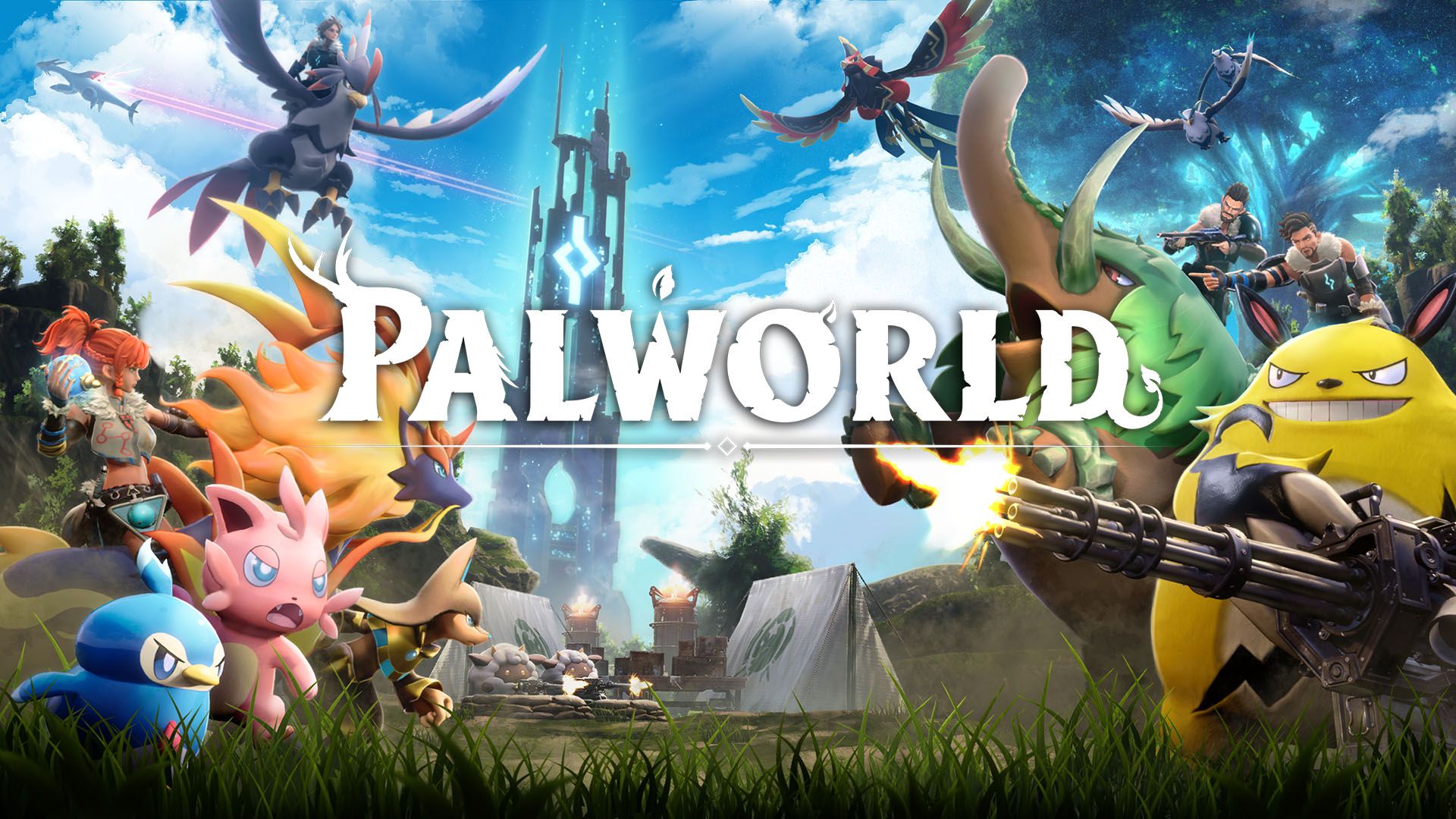

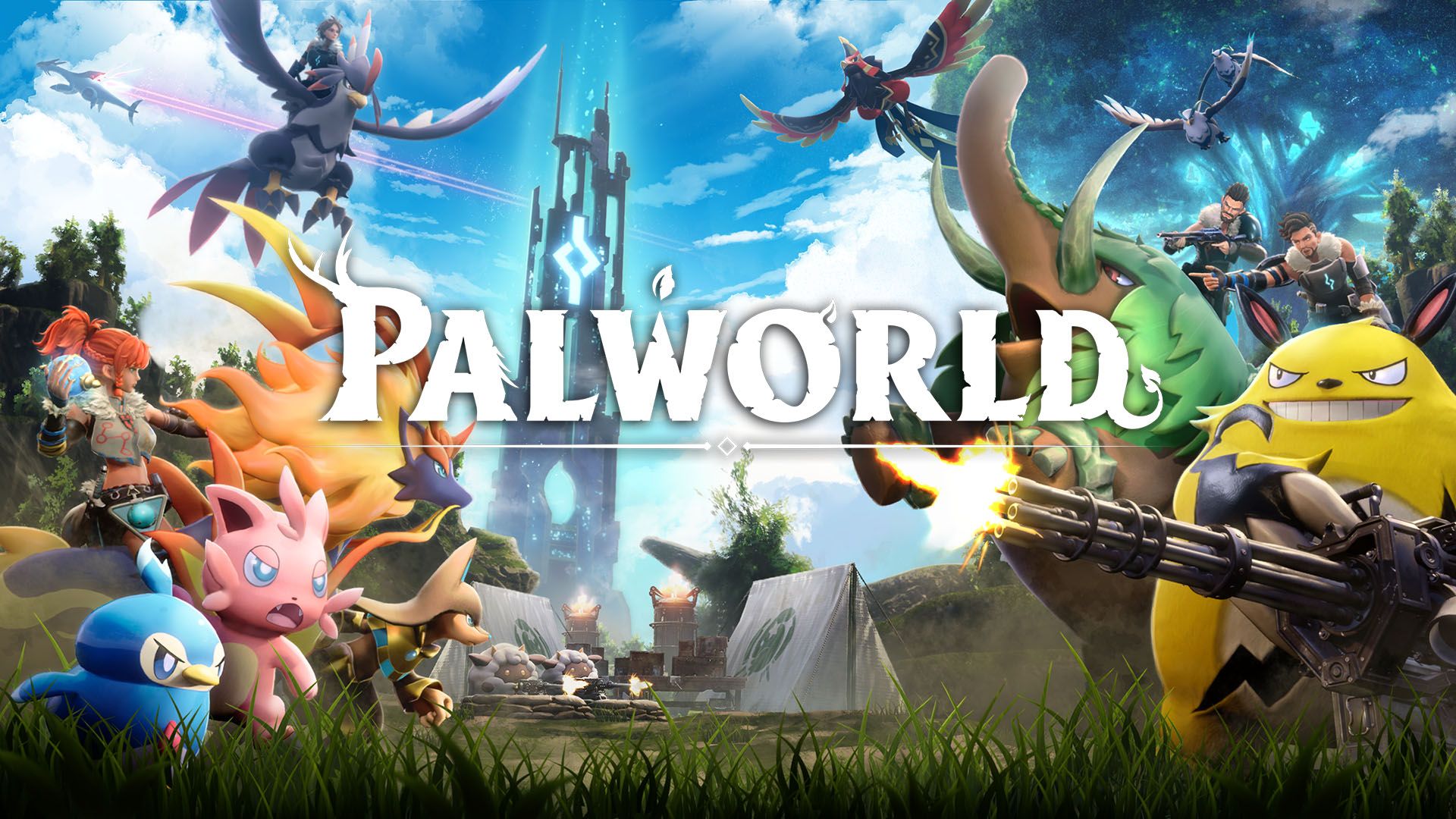
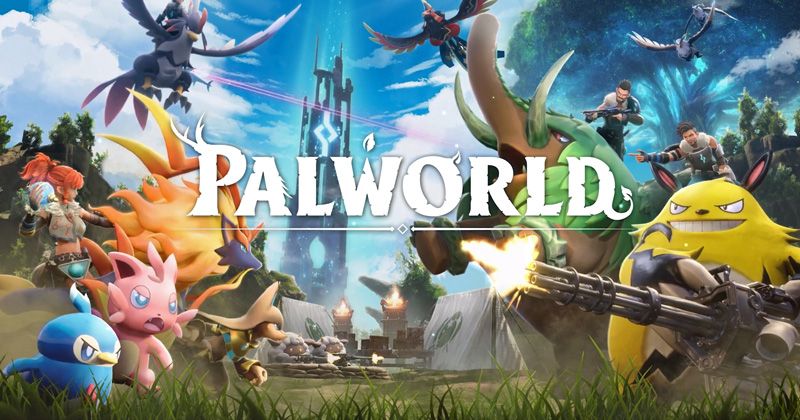
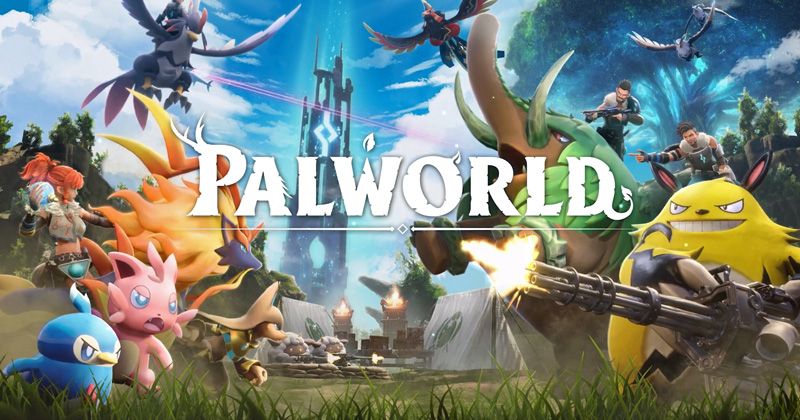
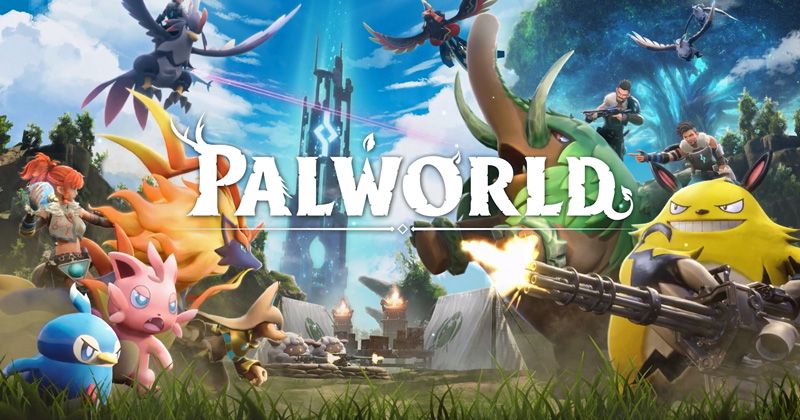
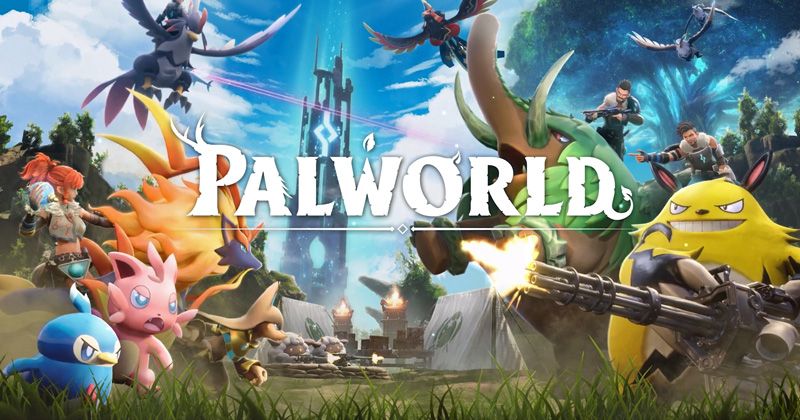
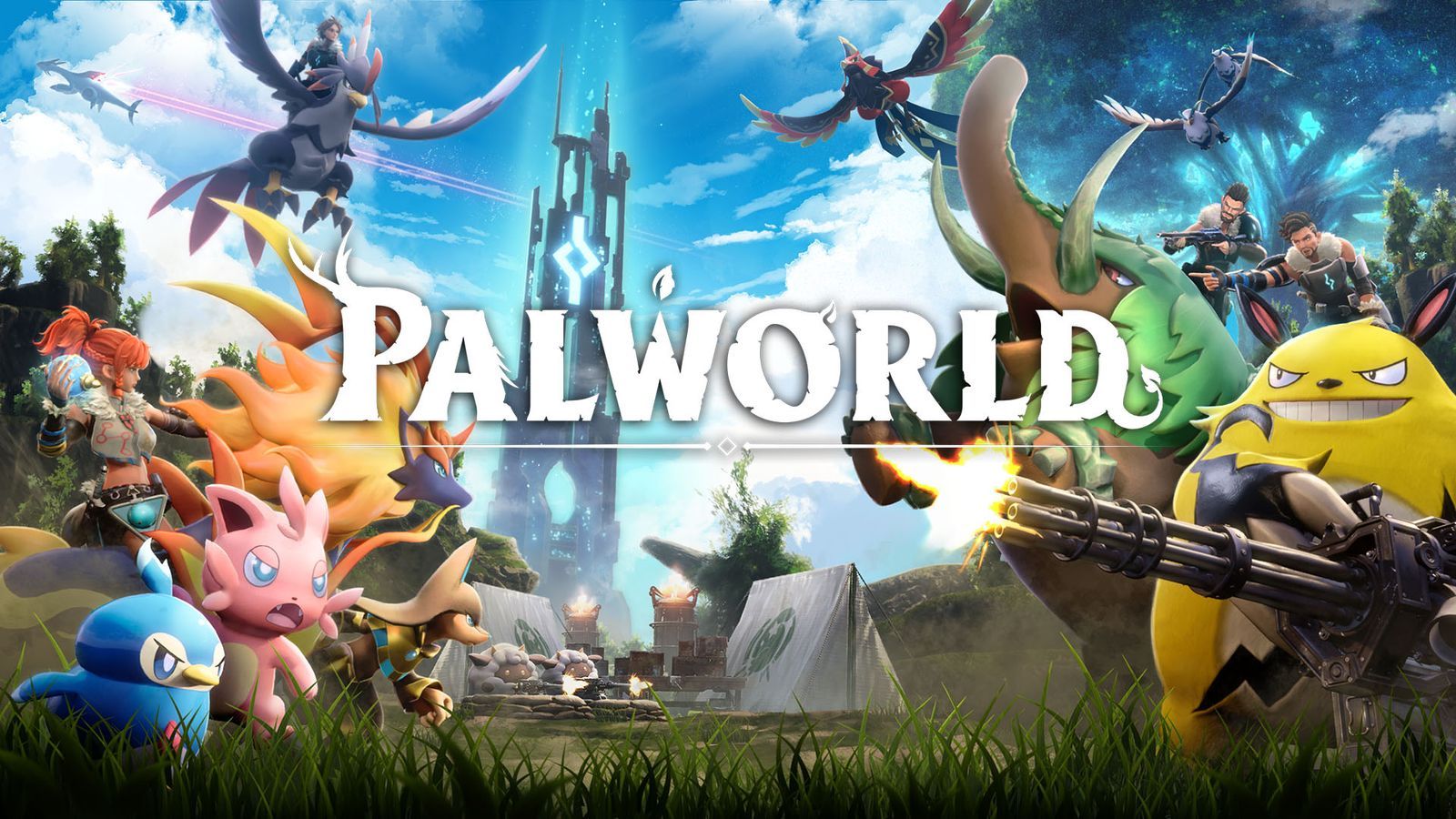
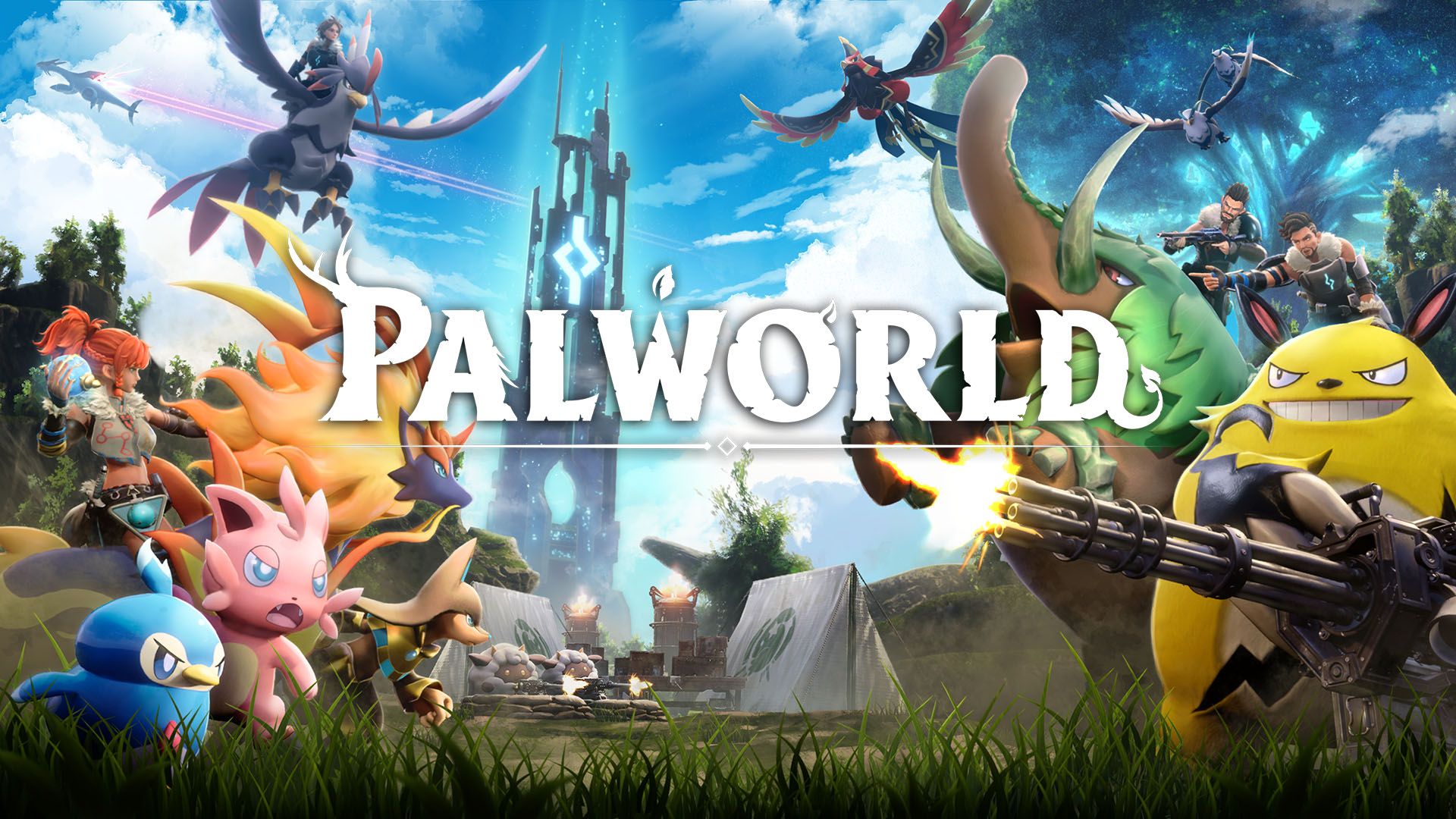
If you press this button it will load Disqus-Comments. More on Disqus Privacy: Link